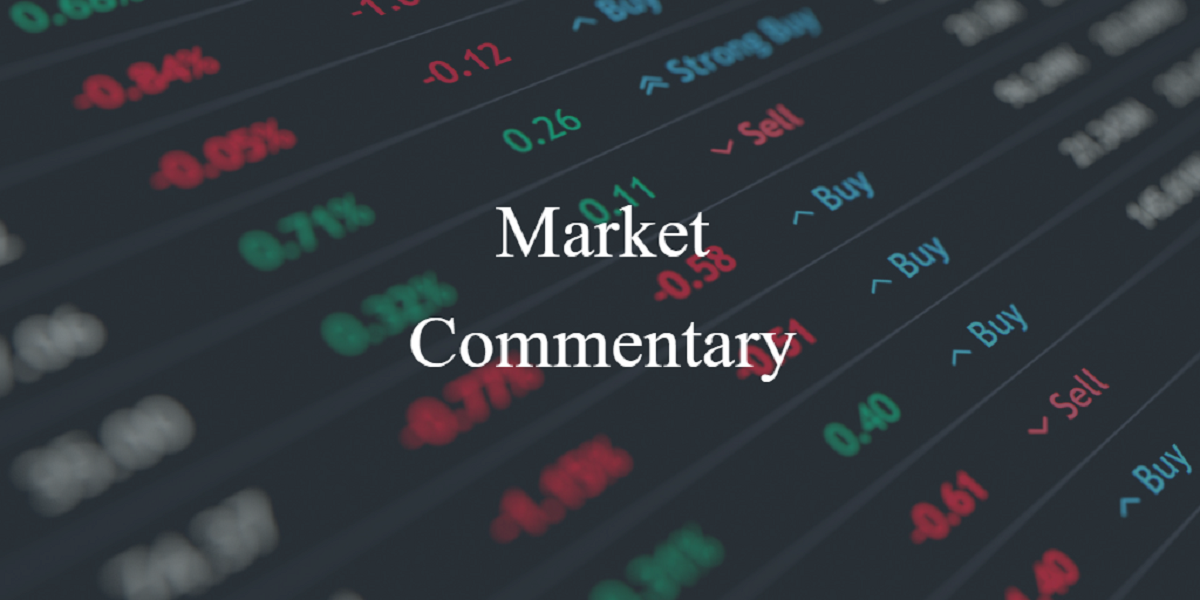Category: blog
Thinking about retirement?
The decision to retire encompasses more than just financial considerations; it profoundly influences your overall well-being. Surprisingly, the timing of your retirement...
I’ll Huff and I’ll Puff and I’ll Blow Your House Down
We all know the story of the Three Little Pigs. Those three boys had mooched off of Mama Pig long enough, and she told them to hit the road. Like any good Mama, before their departure she warned them...
How the Banking Failures Unfolded
I am sure you, like me, have been watching the unfolding events in the banks over the last couple of weeks with a level of apprehension. At the heart of the issue is the banking system’s exposure...
Gratitude
As I begin to prepare for our first company offsite of the year, I find myself grateful. Gratefulness is a personal core value, but it is also a value our team shares. In fact, every Monday,...
Fear Factor
When I say ‘fear factor,’ I’m not talking about that old American television game show from the early 2000s where contestants blindly stuck their hands in boxes of spiders *shiver*,...
Market Commentary
Note: This market review was published on May 24th, 2022 and may not be reflective of current market or investing issues.
“A genius is the man who can do the average thing when everyone else...
Guest Post: WellStone Emergency Services Director of Development, Karen Petersen, CFRE
It’s about time: “ER” for mental healthcare is finally coming to Madison County
You go to the emergency department for a broken bone or heart attack. But where can you and your loved ones go for...
Quarterly Market Commentary
Note: This market review was published on November 2nd, 2021 and may not be reflective of current market or investing issues.
The third quarter was an eventful one in the US, although the S&P...
Guest Post: Community of Hope Executive Director, Mandy Kilgore
Huntsville Community of Hope
Huntsville Community of Hope was born through frustrations of not being able to find long term housing solutions for our homeless friends that were ready for that big...








